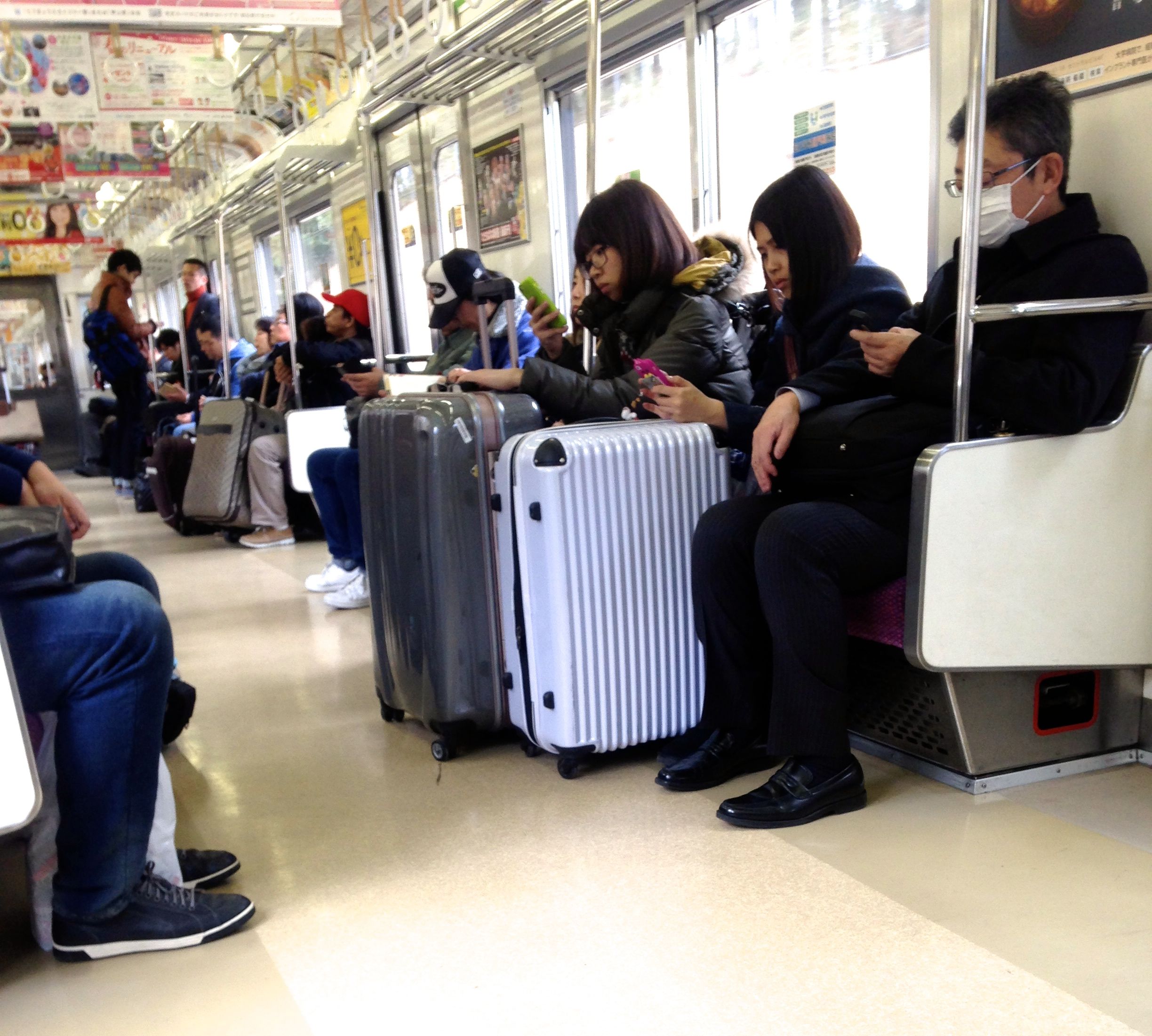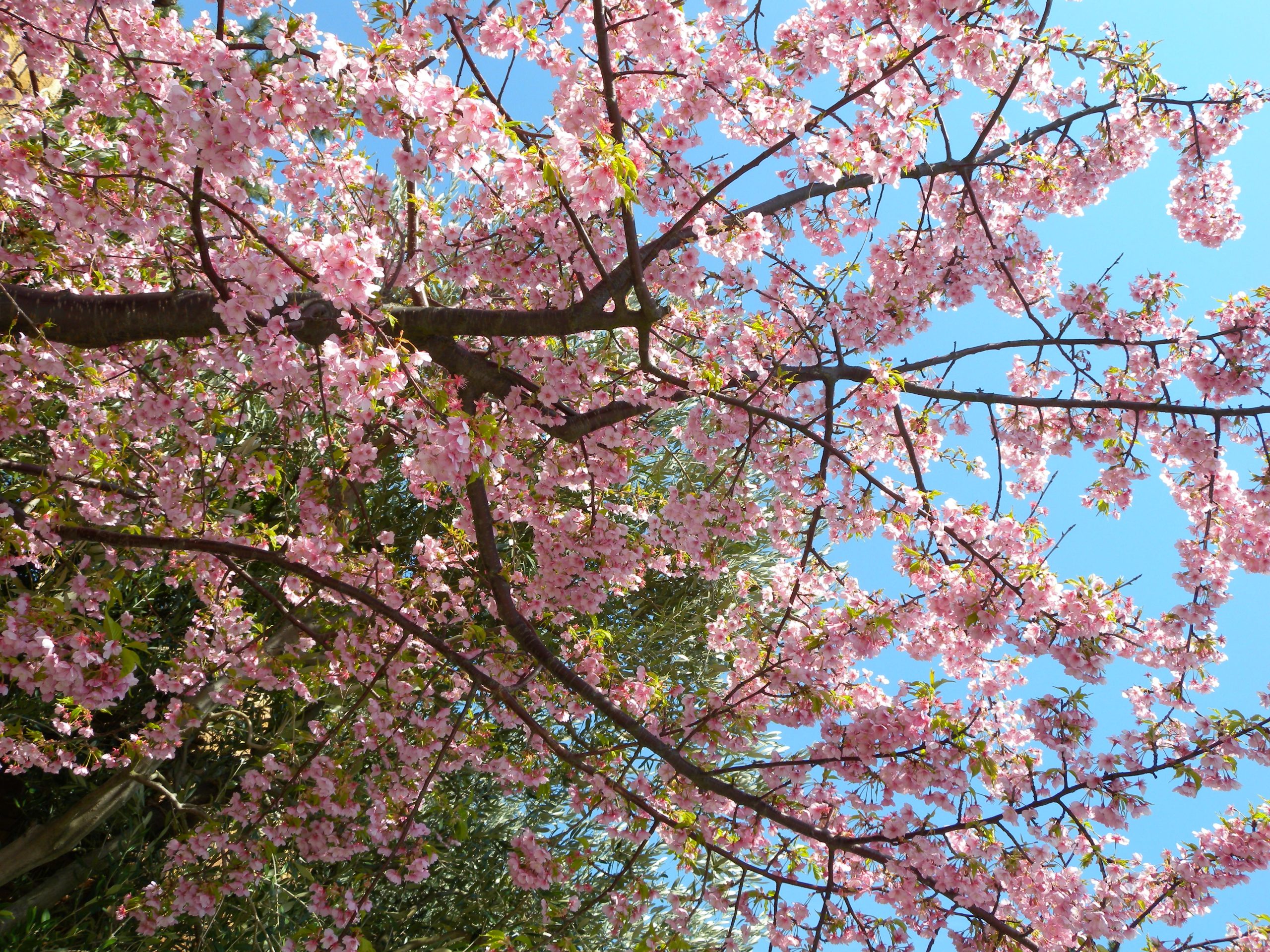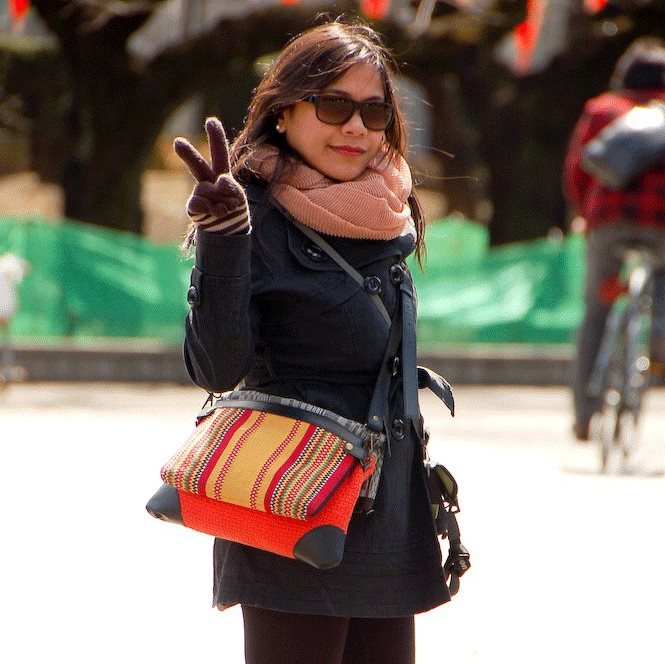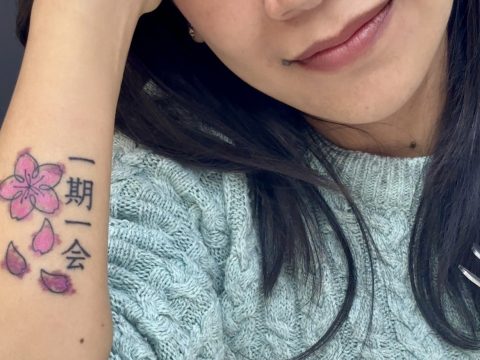I know it would take several months before I can start writing my Japan Travel Guide. I’m very sure because until now I haven’t started yet my Bangkok and Cambodia Travel Guides. Forgive me, I’m so busy =(. So, before I forget all the details, let me first give a sneak peek of my Japan Travel Guide and let’s start with “What You Need To Know Before Traveling to Japan”.
Getting a Japan Visa
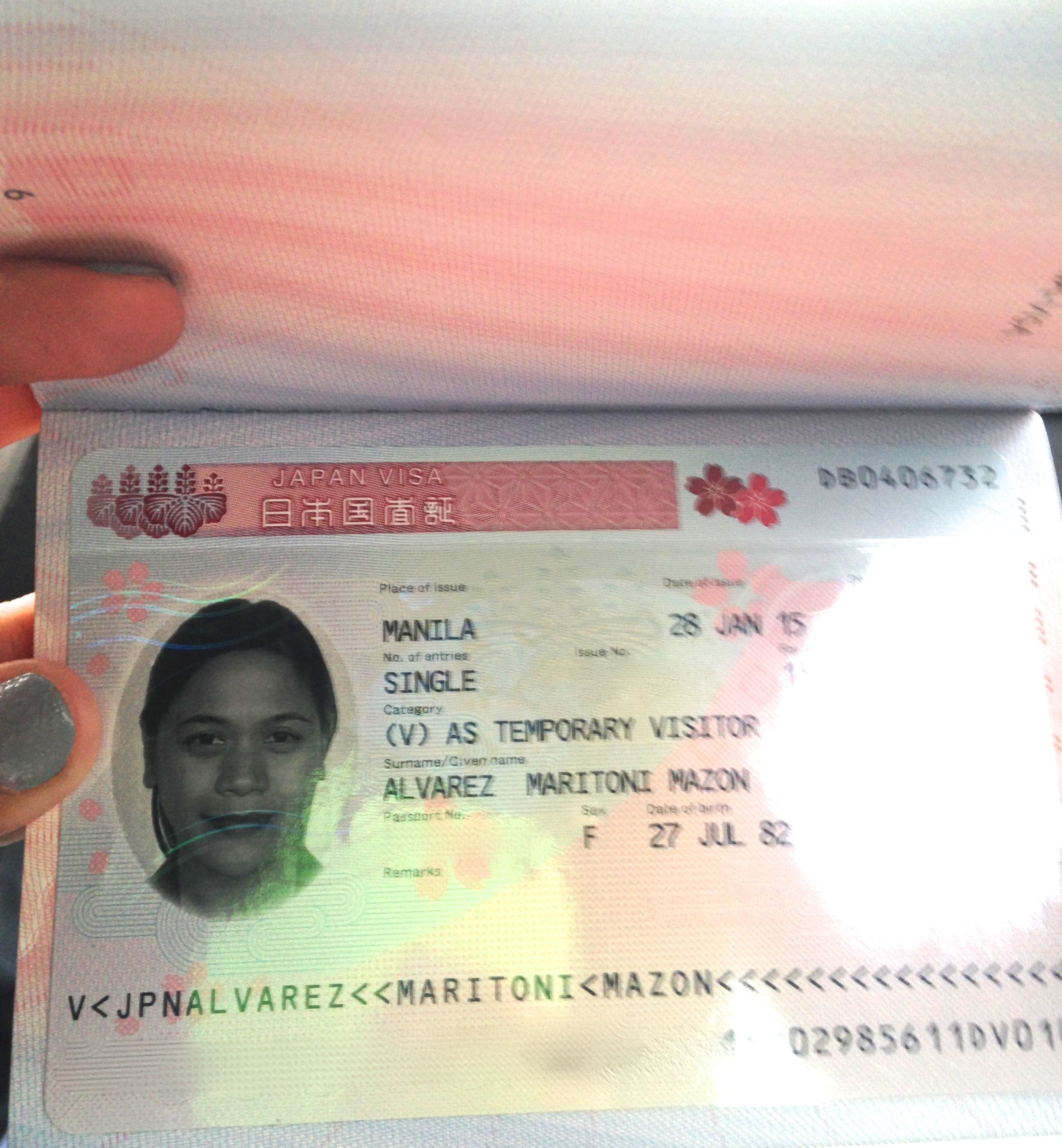 Apply for a Japan Visa at least one month before your travel. Note that one really needs to go through a travel agency to apply for a Japanese Visa. There’s actually no Visa Fee but you need to pay the travel agency for the processing so payment of visa handling differs from one agency to another. Usual cost is Php1, 200 but we were able to get ours for only Php800 at Discovery Tours in Makati. Visa processing only takes 3-5 working days and basic requirements include Bank Certificate, latest ITR, Birth Certificate (must be recently issued by NSO) Japan Itinerary, Japan Application form and passport (valid for at least 6 months). If you’ll ask how much money is needed in your bank account, there’s no definite answer but to be safe, have at least Php100,000 in your account if you plan to stay for more than a week. If you have been to Japan a number of times already and wish to acquire a multiple-entry visa, you need to submit a form and supporting documents to prove you are qualified for a multiple-entry visa.
Apply for a Japan Visa at least one month before your travel. Note that one really needs to go through a travel agency to apply for a Japanese Visa. There’s actually no Visa Fee but you need to pay the travel agency for the processing so payment of visa handling differs from one agency to another. Usual cost is Php1, 200 but we were able to get ours for only Php800 at Discovery Tours in Makati. Visa processing only takes 3-5 working days and basic requirements include Bank Certificate, latest ITR, Birth Certificate (must be recently issued by NSO) Japan Itinerary, Japan Application form and passport (valid for at least 6 months). If you’ll ask how much money is needed in your bank account, there’s no definite answer but to be safe, have at least Php100,000 in your account if you plan to stay for more than a week. If you have been to Japan a number of times already and wish to acquire a multiple-entry visa, you need to submit a form and supporting documents to prove you are qualified for a multiple-entry visa.
On buying a JR Pass
Anyone who’s in the midst of travel planning to Japan has probably come across the term “JR Pass”. Let’s just say JR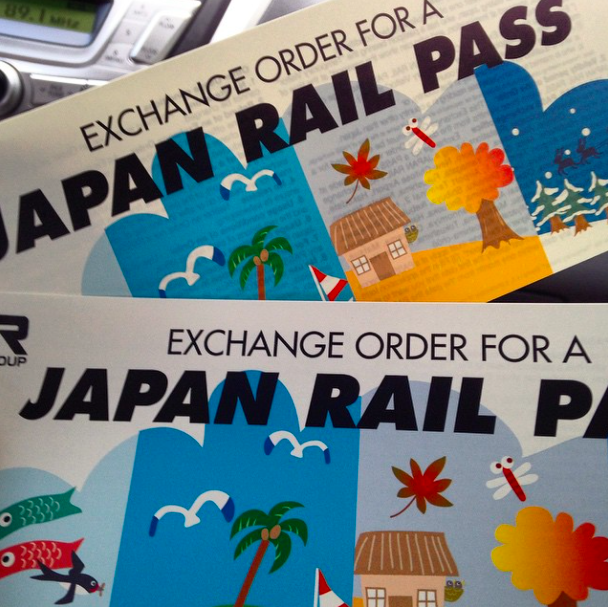 Pass is the most economical and easiest way to travel throughout Japan by rail. That being said, the question whether “should I buy or not buy a JR Pass?” actually depends on your itinerary. For example, if you’ll only stay in Tokyo, then NO, don’t get a JR Pass. You can just purchase a Suica or Pasmo Card. Same goes if you will only stay in Osaka or Kyoto (get a Kyoto bus pass). However, if you plan to visit different prefectures, like Tokyo, Osaka, Kyoto, Narra and Nagoya, then yes. Buying a JR Pass is the wisest thing to do. Not only the rides are unlimited, you can easily get through a special gate where you don’t need to queue anymore.
Pass is the most economical and easiest way to travel throughout Japan by rail. That being said, the question whether “should I buy or not buy a JR Pass?” actually depends on your itinerary. For example, if you’ll only stay in Tokyo, then NO, don’t get a JR Pass. You can just purchase a Suica or Pasmo Card. Same goes if you will only stay in Osaka or Kyoto (get a Kyoto bus pass). However, if you plan to visit different prefectures, like Tokyo, Osaka, Kyoto, Narra and Nagoya, then yes. Buying a JR Pass is the wisest thing to do. Not only the rides are unlimited, you can easily get through a special gate where you don’t need to queue anymore.
One instance when I was thankful that we have a JR pass was when we went to Universal Studios in Osaka. We left the park in the evening and as what’s expected, there was a HUGE, not to mention rowdy, teenage crowd at the train station, good thing we were able to get through the express gate by just flashing our passes to the train officer. ^_^
Note: These are the only number of days available. Buy an exchange order first in your country of origin (JR Exchange Pass is not available in Japan) then exchange it for a JR Pass once you arrive in Japan. There are two types of JR Passes, the Green and the Ordinary. The prices above are for Ordinary pass while Green is for Superior-Class Green Cars so it’s more expensive. However, I believe an Ordinary JR Pass is already okay. Heck, their train’s legroom is even bigger than Cebu Pacific’s. Hehehe. =D For more information on JR Passes, you may check out: http://www.japanrailpass.net/en/about_jrp.html
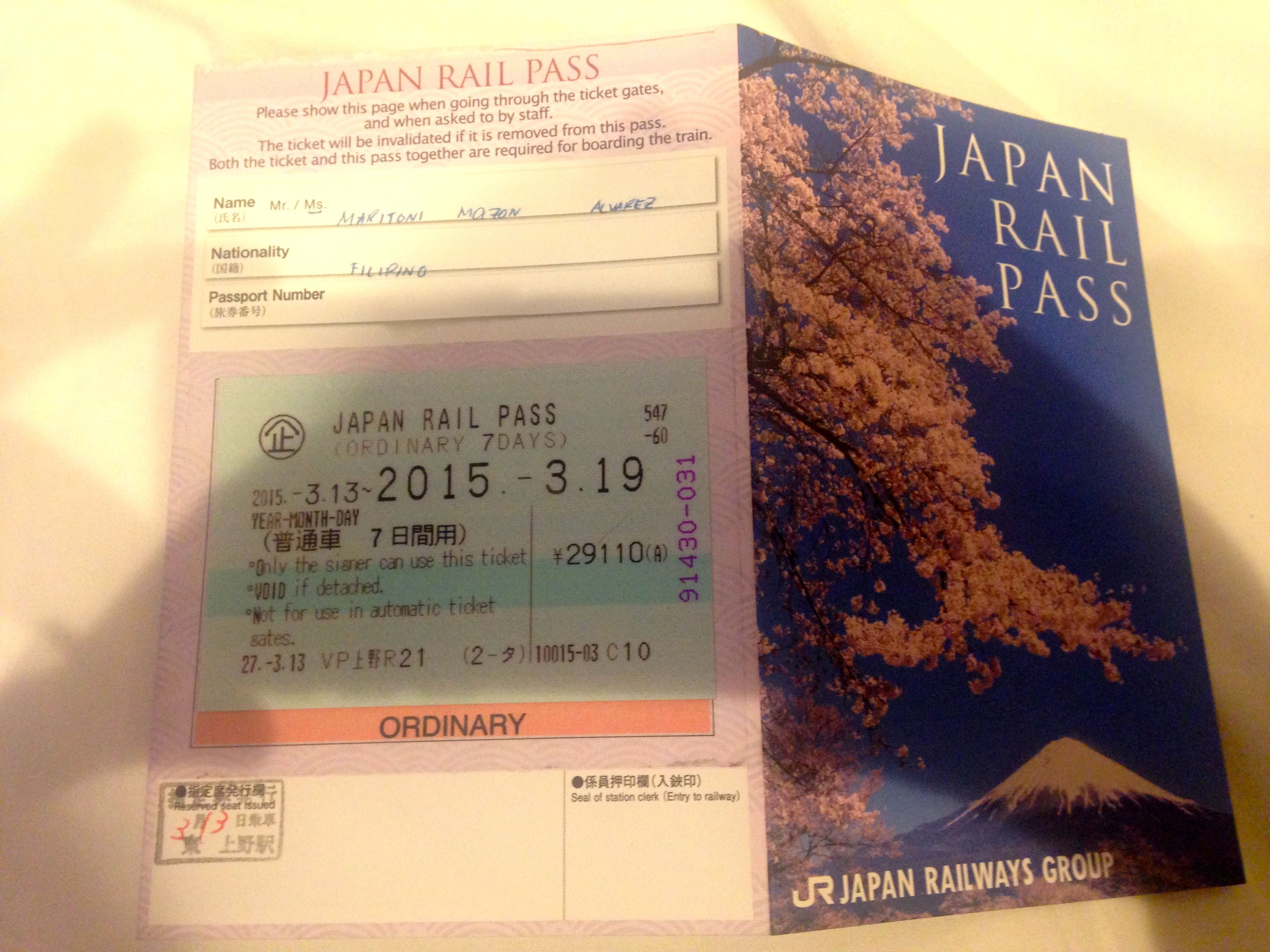
Best Area to Stay
Again, this is highly dependent on the kinds of activities you wish to do. But the best advice that I can give is to stay in a place where there’s a near JR Station. By near, I mean your hotel should just be walking distance (maximum of 2 minute-walk) from the nearest station. For first timers, they would always ask, what ward should I stay when in Tokyo? Near Tokyo Station, Shibuya, Shinjuku, Taito etc.? That’s my dilemma before. =D
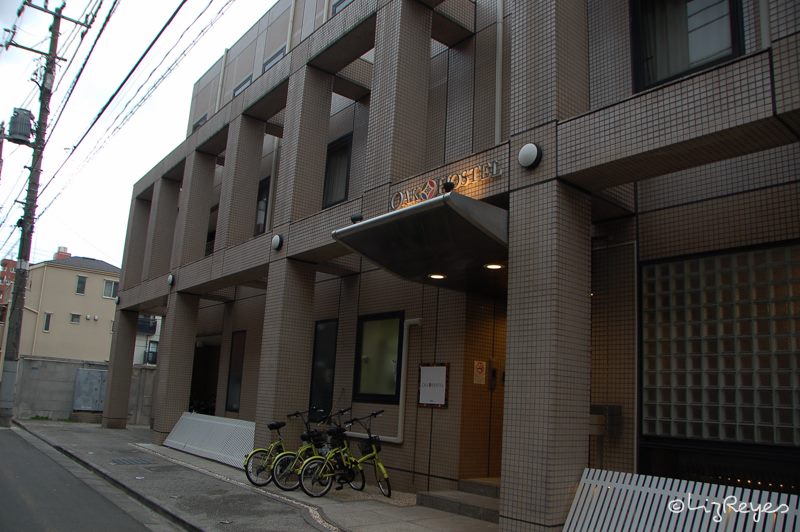
First question is the budget, how much are you willing to spend? Average hostel in Japan costs more or less Php3,000 per night. If you opt for budget hotels, choose to stay in Taito or Asakusa district. We stayed at Oak Hostel Zen near JR Uguisudani Station, which is just one station away from Ueno Station. We love it! The quiet neighborhood and its accessibility to other stations are plus factors. You may also wish to note that the major stations of the JR Yamanote Line are Tokyo, Ueno, Shibuya, Ikebukuro, Shinjuku and Shinagaya. Thus, if possible, opt to stay near these areas, especially if you will be traveling to nearby prefectures.
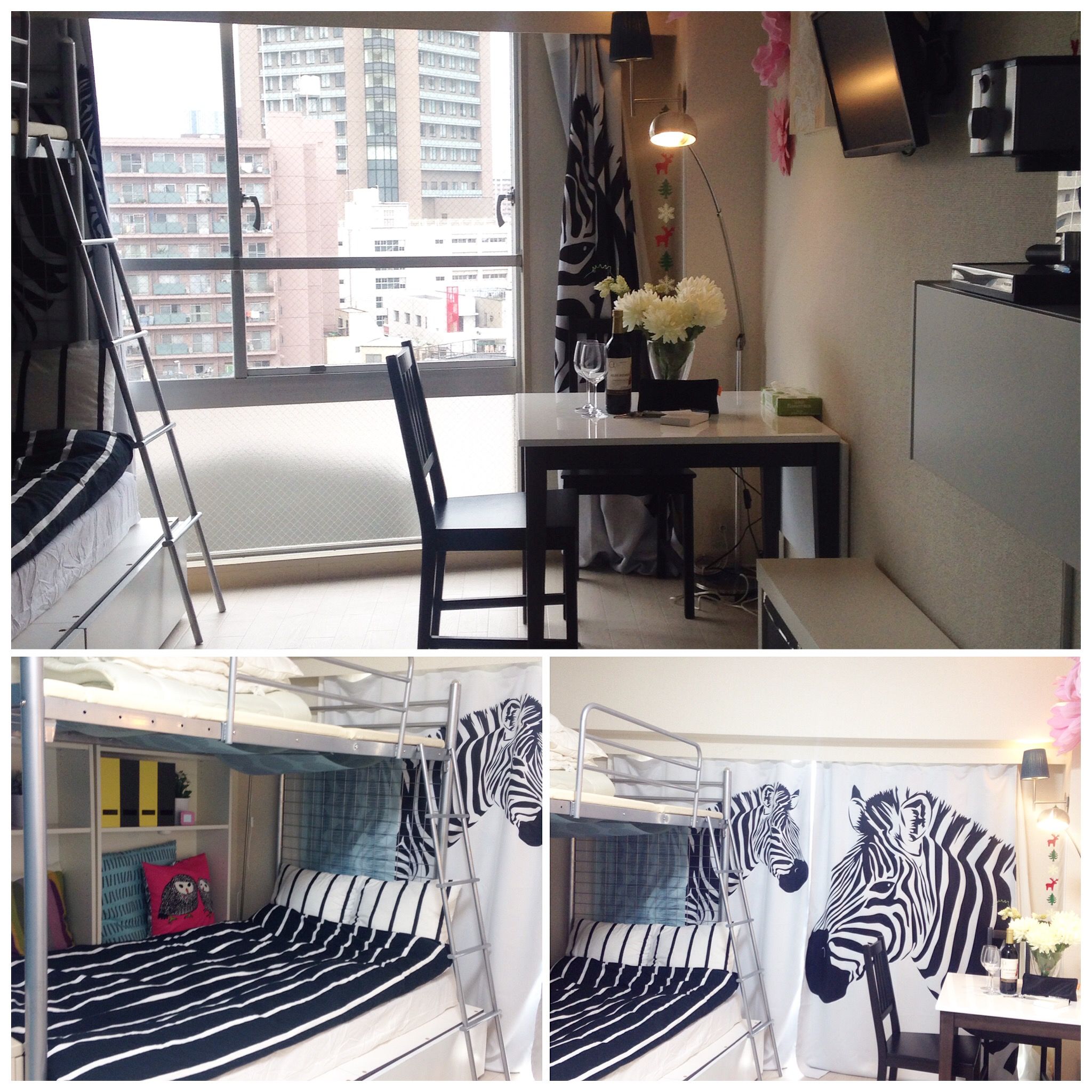
Also, I highly recommend renting a room via AirBnB. The place will be all yours and you can even cook your own food to minimize your spending. This is ideal when traveling in big groups. Having a nearby convenience store should likewise be one of your considerations. I love Family Mart among all the 24-hour stores in Japan.
What to Wear
Depends on what season you plan to go and where you plan to stay. Temperature in the northern part of Japan (Hokkaido) is relatively colder even though it’s already summer. Their summer at 20°C, is already Baguio’s temperature during October.

WINTER
December-February: Opt to wear boots, your trusty winter jacket, leg warmers, heatech top, beanies, hand gloves and scarf.
SPRING
March-May: Usually, March, especially 1st-2nd week, is still considered as winter so expect cold temperature. Being from a tropical country, we had 3-layer of clothing when we went to Japan on the 2nd week of March because temperature still drops at 5°C or even colder at night. We even went to Nikko, Tochigi Prefecture where temperature is 0°C and it snowed.
June-August: Choose light clothings like cardigans, skirts, sneakers, t-shirts, leggings or pants
AUTUMN
September-November: Light jacket or sweaters, heatech tops, trench coat, leggings, scarf, sneakers or boots
NOTE: If possible, don’t bring big luggages and heavy backpacks because you will definitely do lots of walking and even train transferring when visiting other prefectures. When going during winter, 1 or 2 winter jackets, few tops and leggings are already enough. Just mix and match your daily outfit. After all, no one sees your 2 other clothing’s inside so no one would know you are just repeating your top or even black leggings/stockings. Of course make sure they don’t smell. =)
Wear Comfortable Shoes
You will do lots and lots of walking and standing so make sure your shoes can last you from morning till evening. One thing I noticed in Japan is that Japanese don’t seem to mind walking very far or even waiting in line for very long time. That’s why if you want to experience “The Amazing Spiderman” and “Forbidden Journey of Harry Potter” 4D rides at Universal Studios in Osaka, be prepared to stand and endure the long and winding line. We know because we stood in line for 6 hours. 3 hours for Spiderman and another 3 hours for Harry Potter just to experience the 5-minute 4D rides. Was it worth it. Yes!!! Me thinks Spiderman ride is better than the more popular Harry Potter ride.
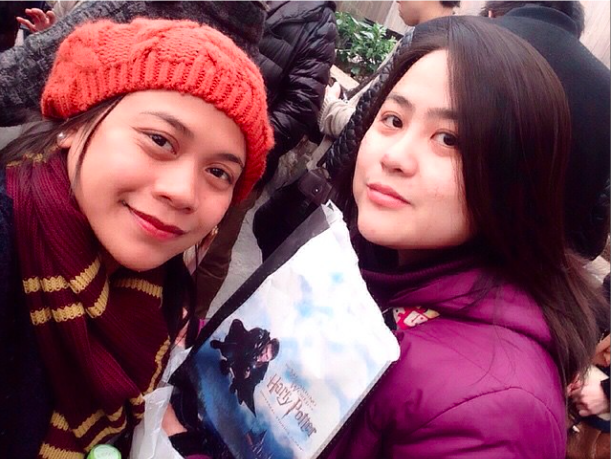
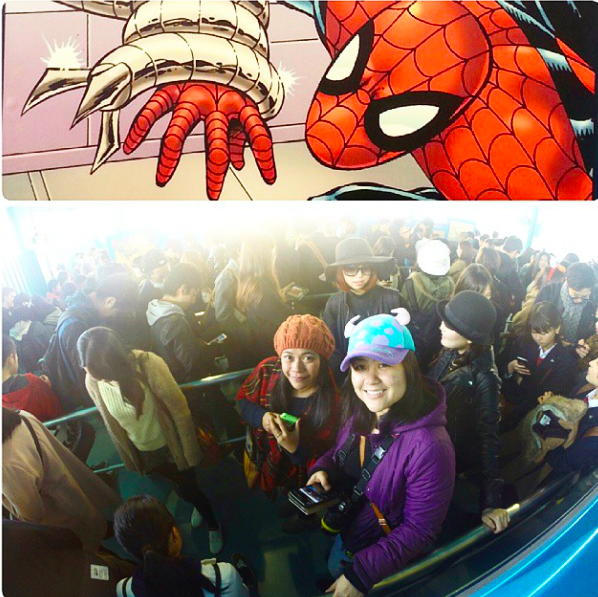
Useful Words
I did not memorize any Japanese phrase before going to Japan but there are few words you need to know so Japanese can understand you better. We all know Konichiwa is Hello, Arigatou is Thank you, Arigatou Gozaimasu is the more polite way of saying Thank You and Doumo Arigatou Gozaimasu is Thank you very much. However Sumimasen, aside from Arigatou, is my most used and abused word during my stay in Japan. Sumimasen can be used to say “I am sorry” or “excuse me”. I use this all the time inside the train, especially when getting off. My friend just say excuse me and people won’t budge at all, but when you say “Sumimasen”, they would gladly give way to you. Maybe because some Japanese don’t really understand what “excuse me” means.
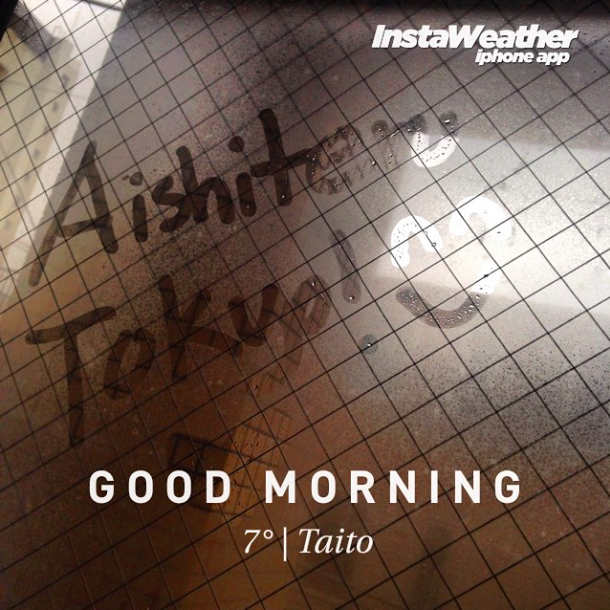
Familiarize Yourself With Their Railway System
Before going to Japan, I was so obsessed with studying Tokyo’s JR Yamanote Line that I have memorized almost all stations and what goes first and after each station.They say that when in Japan, there’s always a chance that you will get lost or go down the wrong station. Luckily for us, we did not experience that. We just went to Ueno Station instead of Tokyo Station because we thought we can ride the Shinkansen from Ueno like what we did when we went to Nikko. In my opinion, Tokyo railway lines maybe overwhelming compared to Osaka’s but Osaka JR Loop Line and its other railway lines are more confusing.
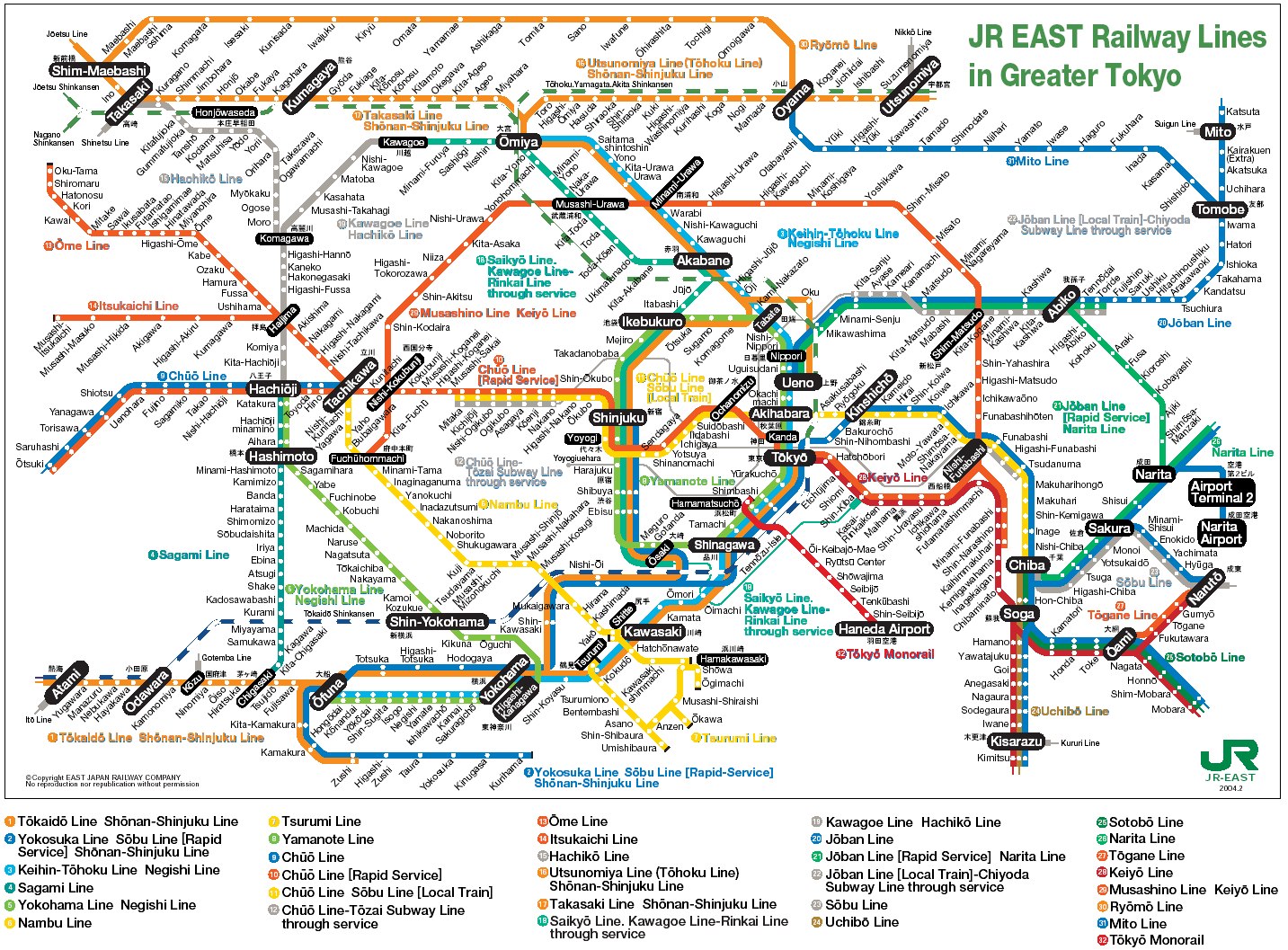
Install Japan Travel Apps
This is definitely a BIG help especially when traveling by train (almost everyone does because flag down rate of taxi cab is already 600 Yen or Php220+). You can install Hyperdia but since Wi-Fi is not free in public places and opening your data roaming is not a good idea either, then installing Tabimori app will be very useful since train routes and prices can be accessed even when you’re offline.

Bring Your Own Medicines
You’ll never know, especially during winter. You’ll do lots of walking and will be experiencing cold weather so it’s better to be safe than sorry. We ran out of Mefenamic Acid while in Japan and drug stores have no idea what a Mefenamic Acid is, they recommended Paracetamol but we just declined. Good thing I have Excedrin when my migraine attacked. Kafunshu or Hay Fever is also prevalent during end of winter so wearing a face mask or drinking Berocca is highly recommended.
Take the Elderly, PWD and Pregnant Woman Signs on the Trains and Buses Seriously
That being said, if you have heavy bags or your feet are aching and you found a convenient sit in one corner where no one seems to be seating, don’t fall for it! Because sooner or later you have to give up that good sit when an elderly get on the bus or train. Not that they would ask you to stand up but it would be rude not to let them sit. Thus, even if you’re aching to sit already, just stand and hope that a student or middle aged man or woman will go down already so you can take their place.
Lesson Learned: When riding a bus or train, make sure you sit in an area where there’s no elderly, PWD and pregnant women sign so you can cling on to that seat longer. =)
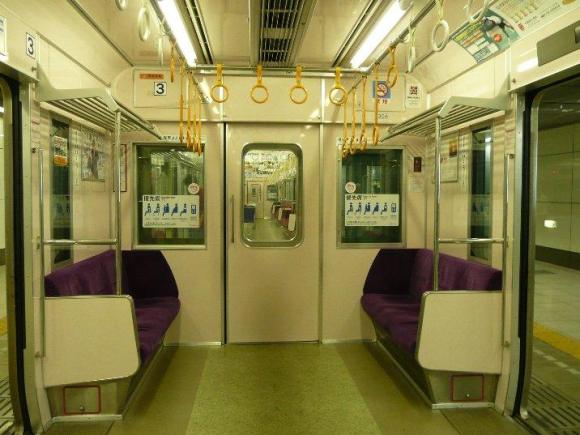
Budget
And the number one question when planning a trip to Japan is…BUDGET. As we all know, Japan, Tokyo to be exact, is considered to be one of the most expensive cities in the world. Thus, many people find Japan intimidating and always delay their Japanese dream. However, in my own opinion, only the transportation and some accommodation in Japan are expensive, the rest, like their food, clothes and trinkets, are quite reasonable. In fact, I even find food in Korea more expensive compared to Japan’s. That being said, a budget of Php70,000-100,000 (safest budget) per person is already a reasonable budget for 10-day trip to Japan. This includes everything (even shopping) except for the plane ticket. Before going to Japan, buy Yen already in your country of origin. When in the Philippines, choose Czarina, their head office is at Stock Exchange Center in Ayala, Makati.
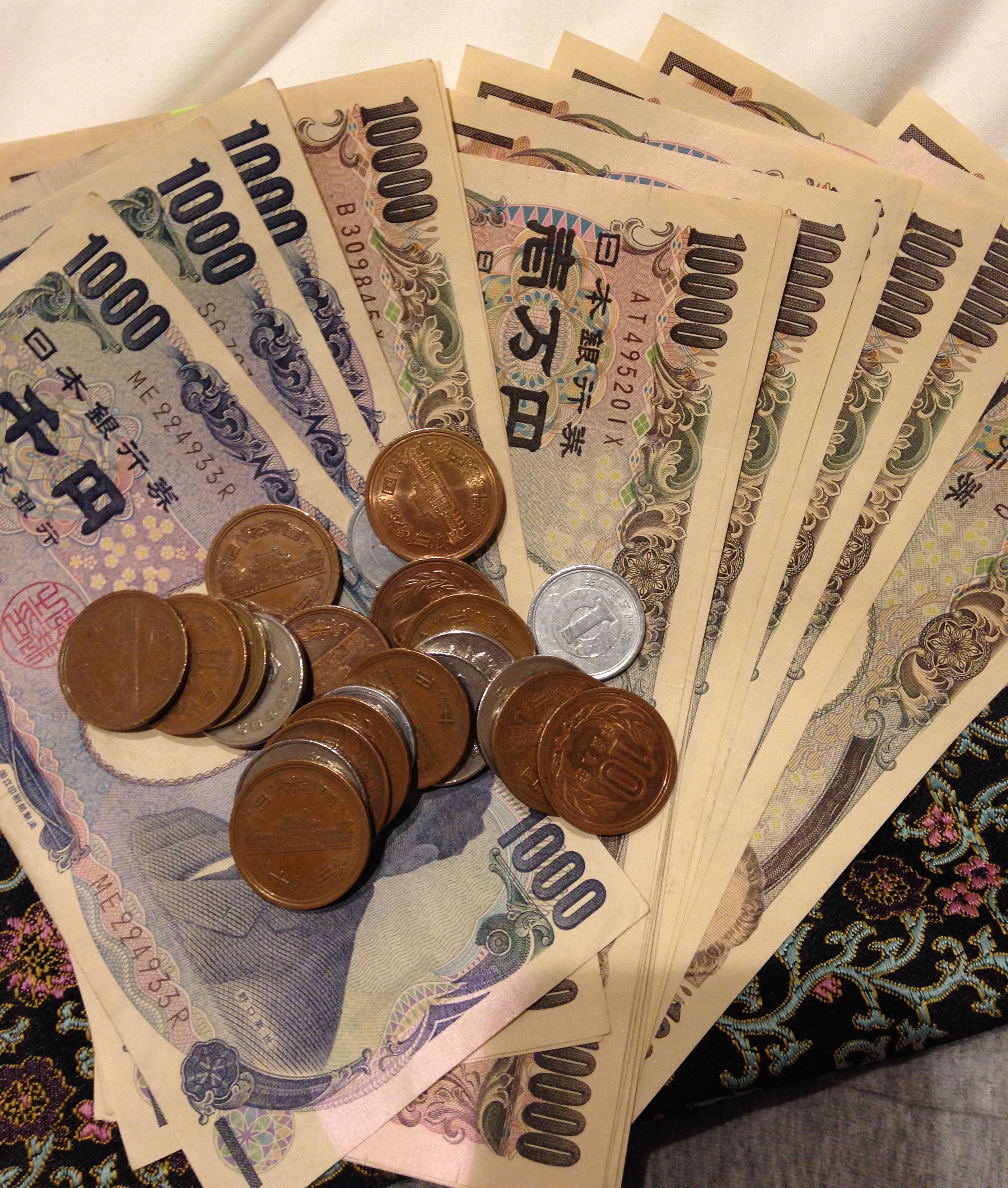
THINGS YOU MAY FIND INTERESTING ABOUT JAPAN & JAPANESE
Japanese love aesthetically cute things. From socks, chocolates, cellphone cases, candies down to face masks, Japanese make it a point to make everything cute.
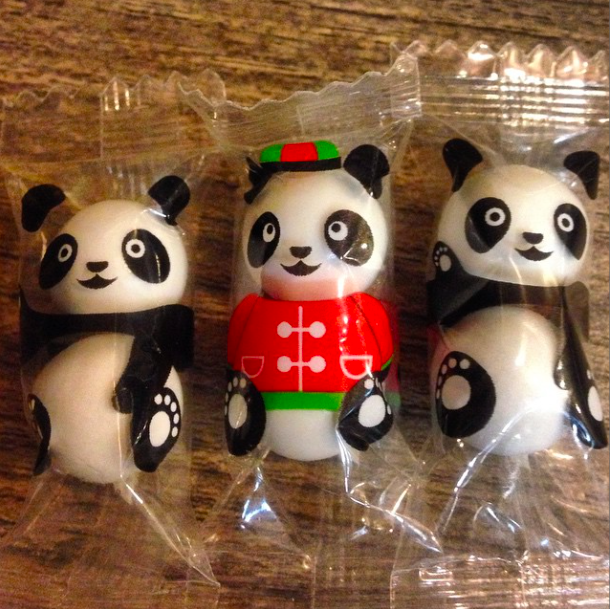
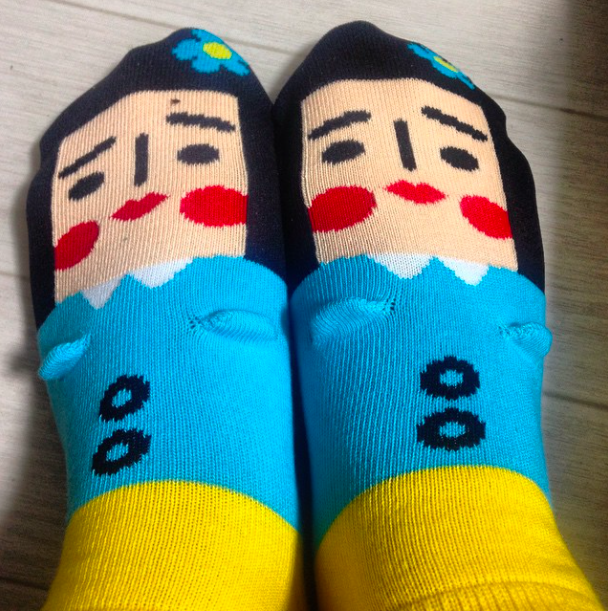
Japanese are engrossed with dogs, especially cats. They will try, no matter what, to put images of dogs, most especially cats, in their TV shows, TV ads, print ads, food and almost anything under the sun. Sometimes they have TV show segments that are purely dedicated to these furry creatures, that’s how they value and treat them like people. Thus, if you are a dog and cat lover, you will enjoy Japan. ^_^

Japanese love their trains. Japanese take high regard on their trains because it’s already part of their everyday living. In fact, each of their train has a name and whenever an old train will be replaced, expect that lots of people will watch its last journey, weeping and waving goodbye to their beloved train. They treat their trains as dear friends or family. When we were in Tokyo, we had a firsthand experience of how the Japanese value their trains. Lots of people and photographers were eagerly waiting for something at Uguisudani Station so we got curious and stayed for a while too because we had a hunch that maybe the new train (it was all over the news) or the old train will pass by, and we were right! The JR Hokutosei had its last trip (we assume) and everyone waved goodbye to the train and the train staff waved back at the people. Awww! I won’t be surprised if Pixar will produce a movie soon called “Trains”, and Tokyo should be the setting!
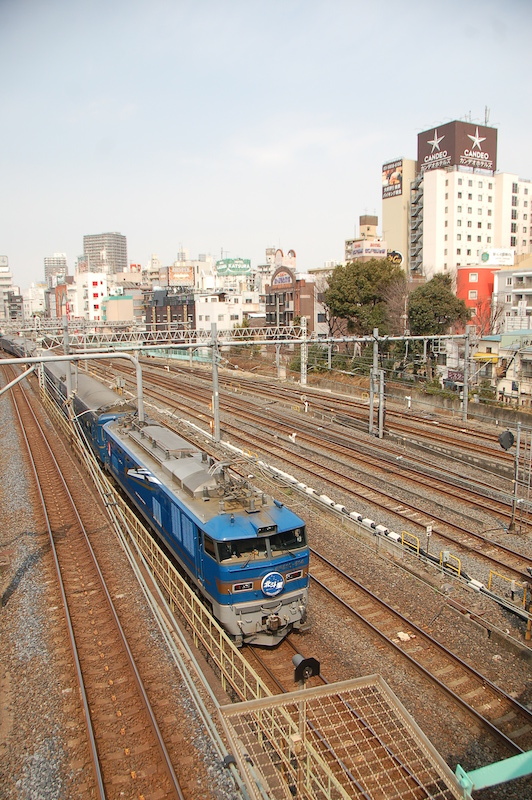
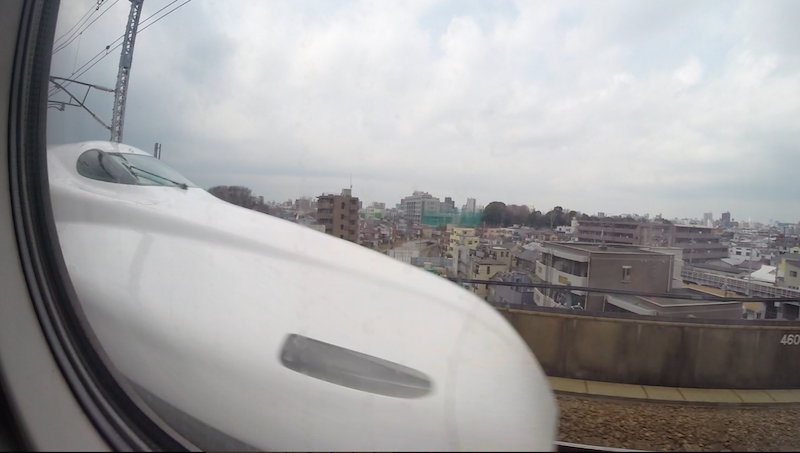
Japanese are EXTREMELY NICE people. And I mean it! I have never seen or met any rude Japanese people. Oh well, maybe in Osaka, but those are rowdy teenage boys who were still elated after their visit to Universal Studios Japan, and that’s a different case. They’re just so happy that’s why they’re rowdy but not because they’re arrogant. All Japanese seem to be happy with what they’re doing, from the cashier at Family Mart, the florist, train officers, down to the ticket attendants at museums and temples. No matter what their jobs are, they make sure to give their best and do things efficiently. I guess that’s why Japanese are labeled as very hardworking people. Also, it’s a known fact that not all Japanese are fluent in English, however, they still try their best to help you in whatever way they can. In our experience in Korea, when we try to ask strangers on the street for directions, more often that not, they will immediately scamper or make a hand signal that they don’t speak english, and that’s not how Japanese are.
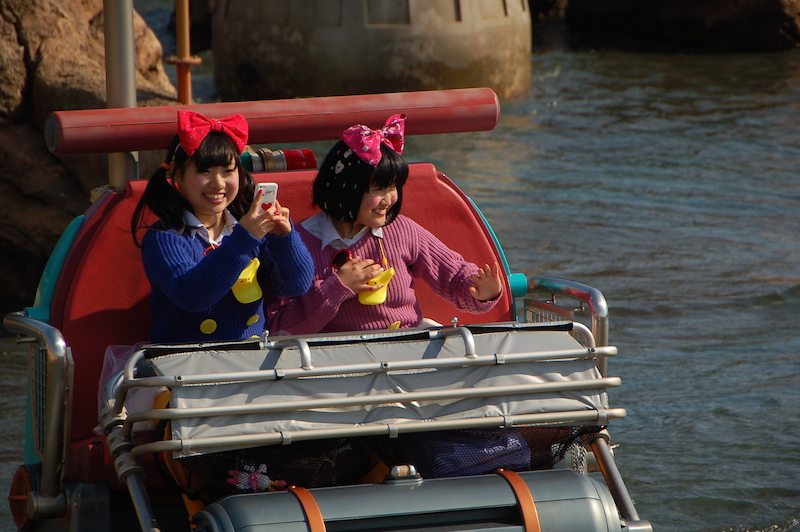
When in Tokyo, Keep Left. When in Osaka, Keep Right. Keep this in mind especially when riding an escalator or walking in pedestrians.
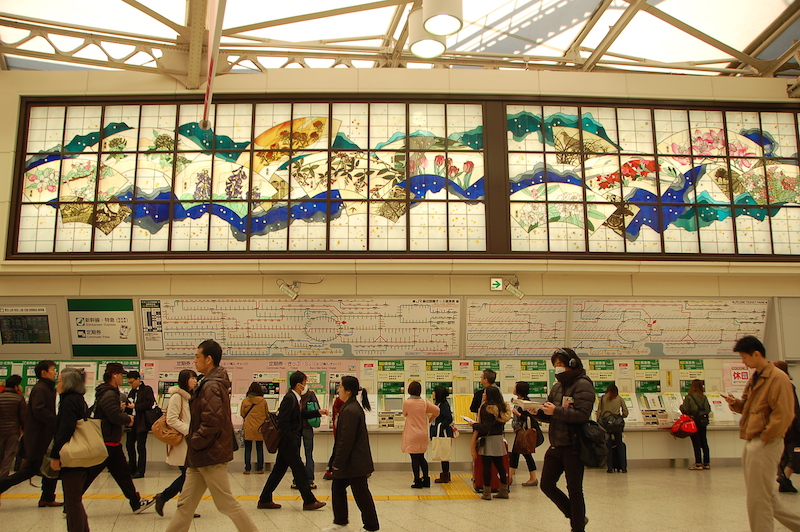
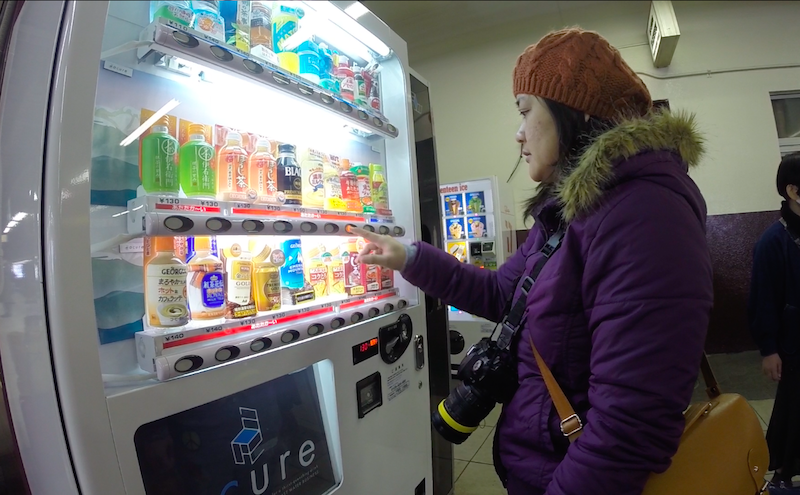
Almost all Japanese Chocolates are Yummy. You’ve probably heard of Royce. It’s one of the most sought-after chocolates in the world despite its hefty price. However, if a Royce Nama Chocolate costs almost Php800, you can get a box of it in Japan for only 700Yen or Php260++. If a 700Yen chocolate is too much for you, then you’d be glad to know that DARS, a 100Yen chocolate that can be found in grocery stores, even Family Mart, can already satisfy your chocolate craving. Not only it’s delicious, it’s very affordable too. For more yummy and affordable Japanese Chocolates, just scout the racks of Family Mart, 711 or Don Quijote.
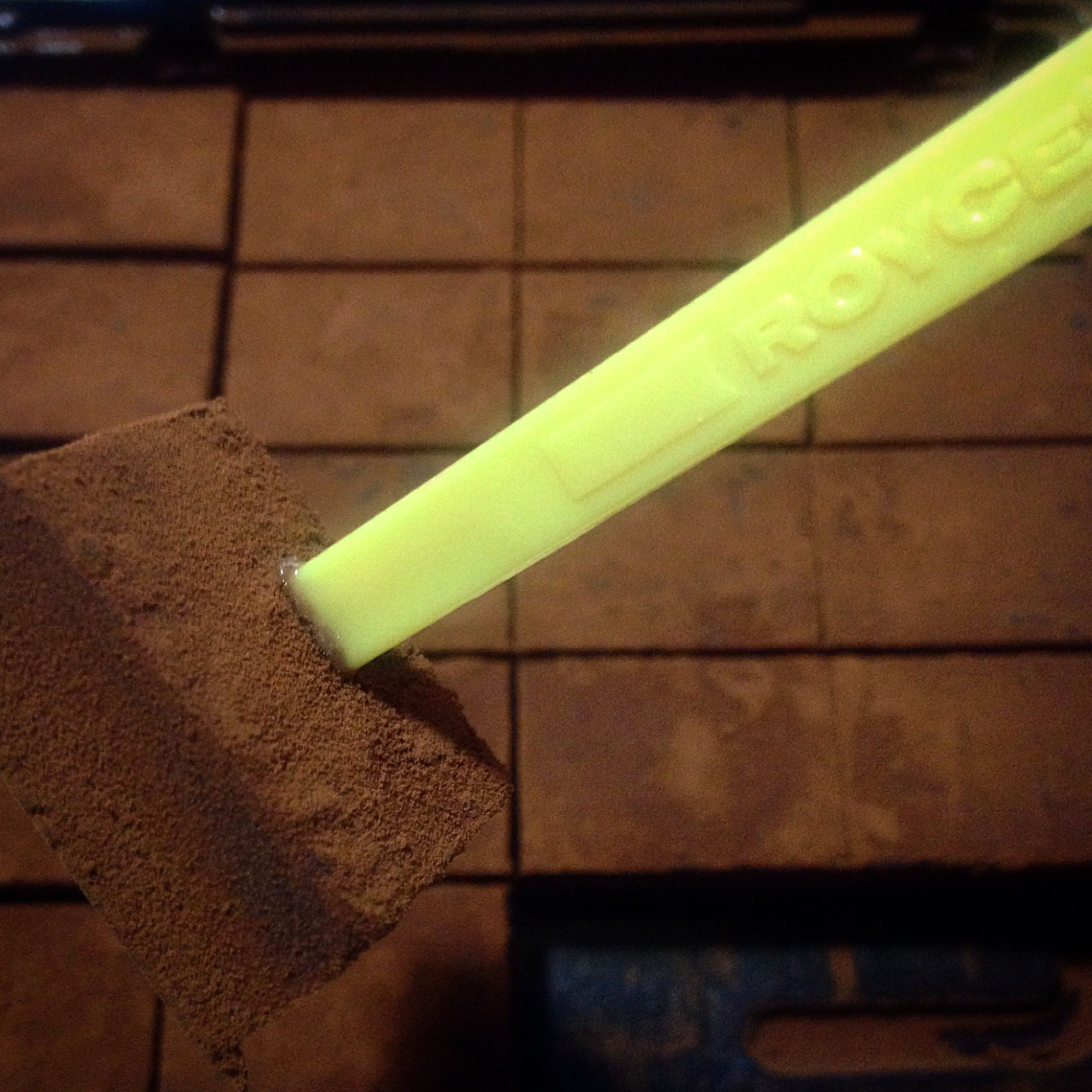
Tokyoites are more quiet and reserved than Osakans. This is just basing on their behaviours inside the train. When in Tokyo, you can barely hear any sound or loud voice inside the train so it’s also embarassing to talk with your friends in an audible voice. Of course going to Disney Resort with teenagers inside the train is an entirely different thing. When we went to Osaka, we were surprised that talking in a loud voice, even inside the train seems normal to them.
